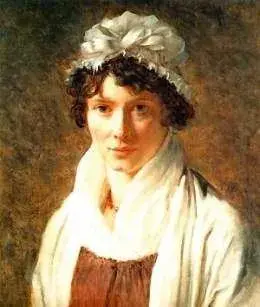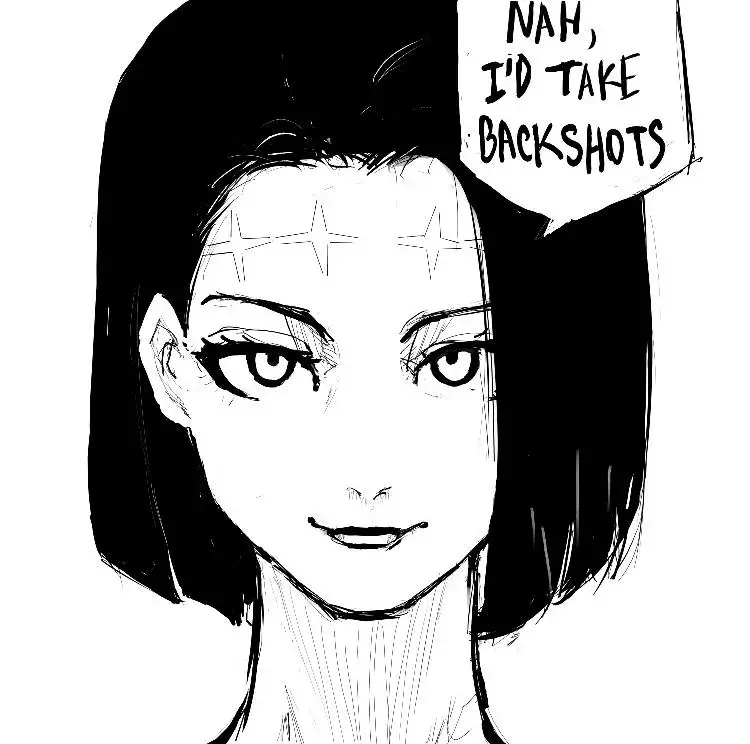Permanently Deleted
It sucks, I know. Fine motor control disability is a real issue and people keep saying "Practice and you can draw this photorealistic bird" like you don't have issues with a stick figure.
But things like digital art, especially pixel art, can be done regardless of dexterity if you are patient. The undo button hides many sins.
Lots of artists have bad handwriting, the two skills aren't necessarily linked. Break it down to just working on accurately drawing simple shapes and keep your hand and arm relaxed. Try stuff like this: http://lemenaid.com/e1-beginner-ellipses-and-circles/ (Source: art teacher mom)
I know it must feel like a hell of a setback. I think you should definitely grind it out - as you say.
imo, what makes other peoples art interesting is their different perspectives on the world, and yours may be literally seen in your brush strokes. - Not to say your disability defines you, but the way my partner talks, it definitely shapes her view of the world around her to some extent.
Chuck Close was paralysed in the late 80s, and adapted his style so he could work on individual, smaller parts of his paintings.
Not saying it won't be hard to get past the initial learning curve, but I think - with practice, - anyone can be a great artist :meow-hug:
Came here to post Chuck Close, this is a good example of adapting your practice OP
I used to be able to draw and write well back in high school, but decades of letting that skill atrophy and relying on a computer for over 20 years has left me extremely self conscious of my handwriting now (especially at work).
Your handwriting is better than mine currently, so I think if you practiced long enough you could hone that skill.
You could look into acrylic pouring. You can get really creative, beautiful pieces with very little fine motor skills compared to traditional painting or drawing.
https://acrylicpouring.com/what-is-a-dirty-pour/ Simple guide to one of the more straightforward techniques. The bio for the person who wrote this kinda reminded me of you (maybe)
https://acrylicpouring.com/the-complete-acrylic-pouring-techniques-guide/
An overview of the techniques. I encourage you to watch some yt videos to get an idea of what the physical demands are. Don't get discouraged if things don't turn out looking the same as in the videos though! A huge part of this art form is that there's a degree of randomness that you just kinda have to go with the flow with. Not recommended for control freaks lol (this is sort of why I stopped)
Cost is kind of high since you'll probably want a lot of do-overs no matter how experienced you are, but you can buy everything you need for a single pour or two for ~$50 depending on how many colors you want.
Artist grade pouring medium is expensive but worth it, esp if you don't want to get discouraged your first try. Vallejo medium is about $20 for enough for 2-3 pours.I don't mean this to sound patronizing, but you could maybe try something like 3D modeling using certain Blender plugins that automate much of the process for you, so you wouldn't necessarily be relying upon manual dexterity to generate the images.
Also you could try other forms of art. Music comes to mind, but that just be because I'm a musician. You can do some pretty complicated music these days completely using sequencing and sampling.
I once talked with an artist who asked me if I was doing any art. When i answered:"No, i can't draw" He told me that is completly irrelevant to being an artist.
Good art is not technique, but creativity and expression. If your technique is perfect but what you draw is boring it doesn't matter. There is a lot of amazing art out there that is technically easy to make, but still amazing.
Drawing could actually be an incredibly helpful thing for you if this is dysgraphia. It will also very likely improve your handwriting as a side effect if you stick with it. I don't have a lot of experience with dysgraphia, but I do have experience working with kids with dyslexia, dyscalculia and reduced motor skills, and most people with these kind of disabilities unconsciously avoid practicing the skills they have difficulty with because it is frustrating to do so, and they receive mostly negative feedback. This can easily lead to those skills being even less developed than they could be, because if you avoid situations where you have to run because you have a lack of motor skills and people might make fun of your way of running you are not only held back by whatever is interfering with your motor skills to begin with, but by the fact that you also have less practice than others when you actually need more practice.
If you practice drawing regularly it is very likely to help with all aspects of your condition, plus you'll have done an art. As someone who is decent at drawing and fairly regularly teaches it (to like middle school kids, so I don't know how relevant this is to adults) I can give you some advice to get started:
Decide on one thing that you want to be able to draw and draw that thing every week or month. Save every one of these drawings, even if you want to throw them away. Things will often turn out not at all like you wanted. That happens to everyone, and it never stops no matter how skilled you get. The point of this is that you will very quickly be able to tell that you are getting much, much better. When you get frustrated and it feels like you are failing to draw something (as will happen), dig out and compare it to your honest best attempt from a few months ago and you will be amazed at how much progress you've actually made. I also wouldn't worry too much about finding a style that suits you. That literally happens automatically and can only be hindered by you deciding ahead of time that "I guess Rococo Revival is the art style for me". Try out different stuff. If the problem is very exclusive to the wrists, maybe give slightly larger form painting a try, since that is more about them elbows, but try everything! Good luck, comrade!
ok I'm gonna suggest something dumb and psychedelics bro here
but
just take a bunch of acid and have fun drawing with some music you like on in the background
either you discover nothing and have a good time or you discover something and have a good time
I second this. Dont worry about drawing accurately to life and just enjoy yourself, 99.9 percent of art is made for yourself anyways.
I don't know how far out you mean by artstyle, but I would say try other ways of making art. I cannot draw very well, especially round things, and have also been mocked for bad handwriting my whole life. However, I can woodcarve well. There's paper-cutting art, wood-carving, sewing or other stitch-based art, photography, music, weaving, digital art, even cooking are different ways you could try. Maybe you'll find you really like one of those, but the real victory would be that you would be able to practice dexterity in a non-standard way, and when you return to drawing it's not as someone who wants to be an artist, it's as an artist who wants to expand their repertoire. I hope I have not understated your problem, and that at least one of the solutions here helps.
I found tracing to help a lot. I've never been good at drawing or art, but tracing over old comic books and landscapes helped me understand form and position. Its a crutch, but sometimes you need something to help before you go on by yourself.
what if you painted with a brush in your mouth or toes or something? that seems super fun to learn to do.







